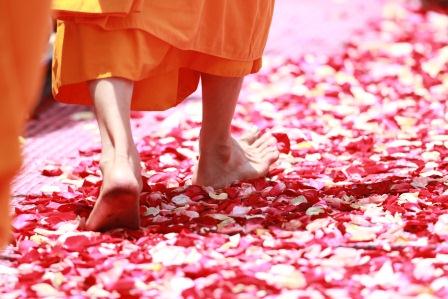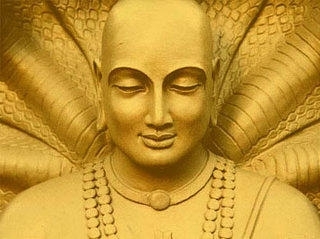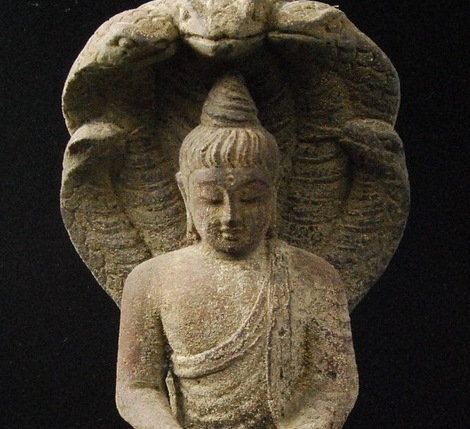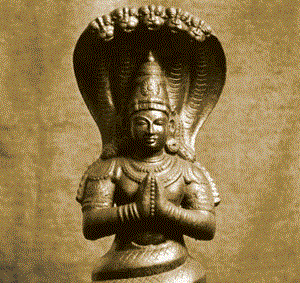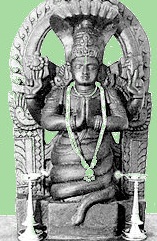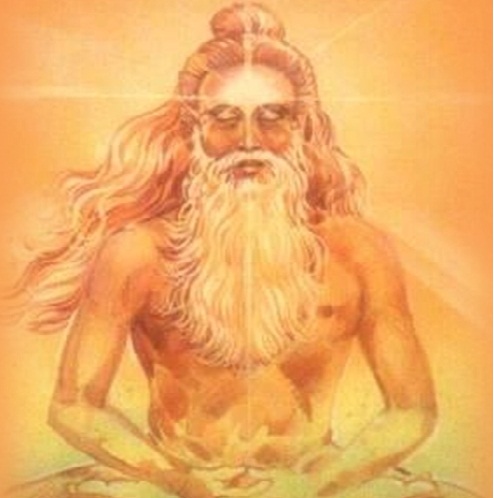
What is pranayama? – patanjali yoga sutra
What is pranayama? 2.49. Tasmin sati svasaprasvasayorgativichchhedah pranayamah| Tasmin-on that Sati-having been Svasaprasvasayah-inhalation, exhalation Gati-movement Vichchhedah-break, cessation Pranayamah-pranayama After the asana practice done, pranayama is

